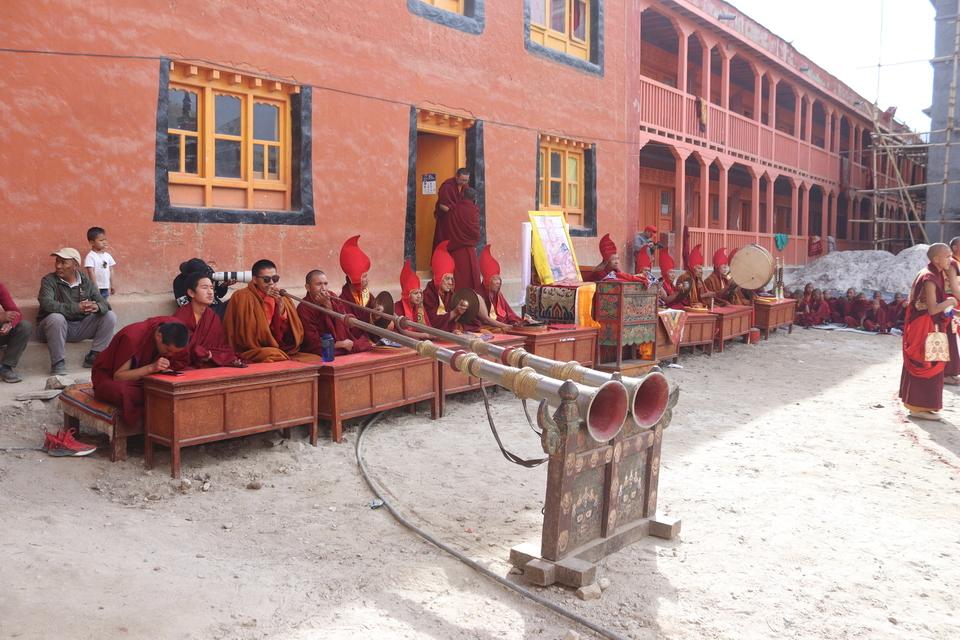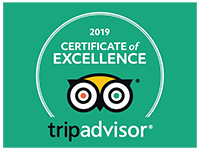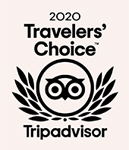
The Tiji Festival, also known as the "Festival of the Expelled Demon," is a three-day Tibetan Buddhist celebration held annually in the Mustang District of Nepal. The festival, which takes place in the spring, is a time for renewal and purification and is marked by elaborate rituals and traditional dances.
The central theme of the Tiji Festival is the victory of good over evil, as symbolized by the struggle between the deity Dorje Jono and the demon Ma Tam Ru. The rituals and dances performed during the festival tell the story of this battle and serve as a reminder of the importance of upholding Buddhist teachings in daily life.
The Tiji Festival is a popular tourist attraction, with visitors coming from all over the world to witness the vibrant cultural traditions of the Mustang region. The festival is set to take place in 2023, and if you're planning on visiting Nepal, it's definitely worth considering adding it to your itinerary. Whether you're a devout Buddhist or simply interested in learning more about Tibetan culture, the Tiji Festival is an unforgettable experience. for More information: Visit here.
Mustang also belongs in "Where to travel in 2023: The best destinations to visit" by CNN.
The Lost Tibetan Kingdom of Upper Mustang

Upper Mustang is a high plateau located in north central Nepal. It is situated behind the Annapurna and Dhaulagiri Mountain ranges and is the source of the Kali Gandaki River. The region has a unique and barren landscape, with little vegetation due to its location in the rain shadow of the Himalayas. It is also known for its rich cultural history and was once a major trading route between Tibet and India. The area is home to the remains of forts that served as tax collection outposts and was a center for Khampas, Tibetan guerrillas trained and armed by the CIA to resist Chinese occupation of Tibet.
In the past, the Nepalese government restricted access to Upper Mustang, but since 1992, limited visitation has been allowed with strict environmental requirements and a permit fee. The trekking route in Upper Mustang mostly follows the valley floor, but may cross the ridge during periods of rain. Horses are used for uphill travel, but must be dismounted for descending. The trek is not physically demanding and has a long season due to the absence of monsoon rains or high passes.
The capital of Upper Mustang is Lo Manthang, a town with a long history. It is located on a broad plateau and is home to the palace of the Raja, or King, and four major temples. Lo Manthang is a popular destination for tourists, who often stay for a day or two before returning to Jomsom. There are two ways to reach Upper Mustang: by jeep or by trekking with a guide. Adventure Pilgrims Trekking, owned by Govinda Panta, offers guided treks to Upper Mustang and has visited the region over 50 times since 1992.
Driving Tour to Lo-Manthang

If you're looking for a new and exciting travel destination in Nepal, consider taking a driving tour of Upper Mustang. This area, located in the north west of Pokhara, is known for its stunning landscape, rich cultural history, and ancient monasteries. Until 1992, Upper Mustang was off limits to visitors, but since it has opened up, it has become a popular destination for tourists from all over the world. One of the reasons for its recent surge in popularity is the construction of a road from Pokhara to Jomsom, which has made the area more accessible. While the accommodations in Upper Mustang may still be simple and the area is quite remote, the unique beauty and cultural significance of the region make it well worth the visit.













